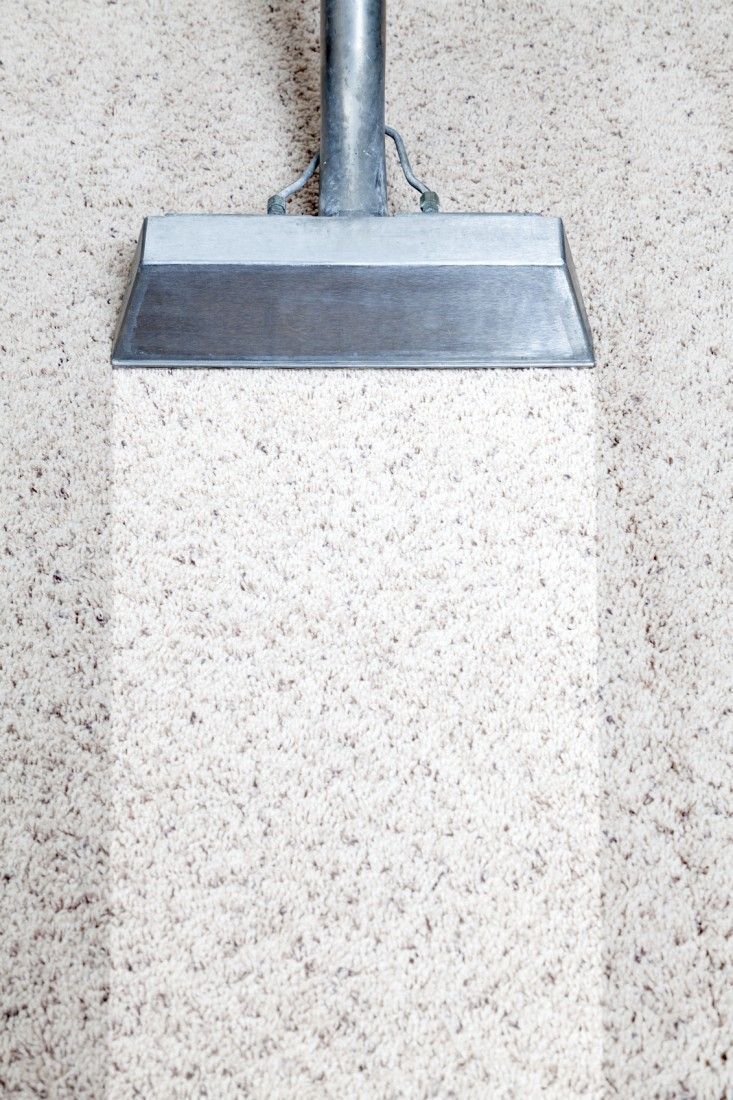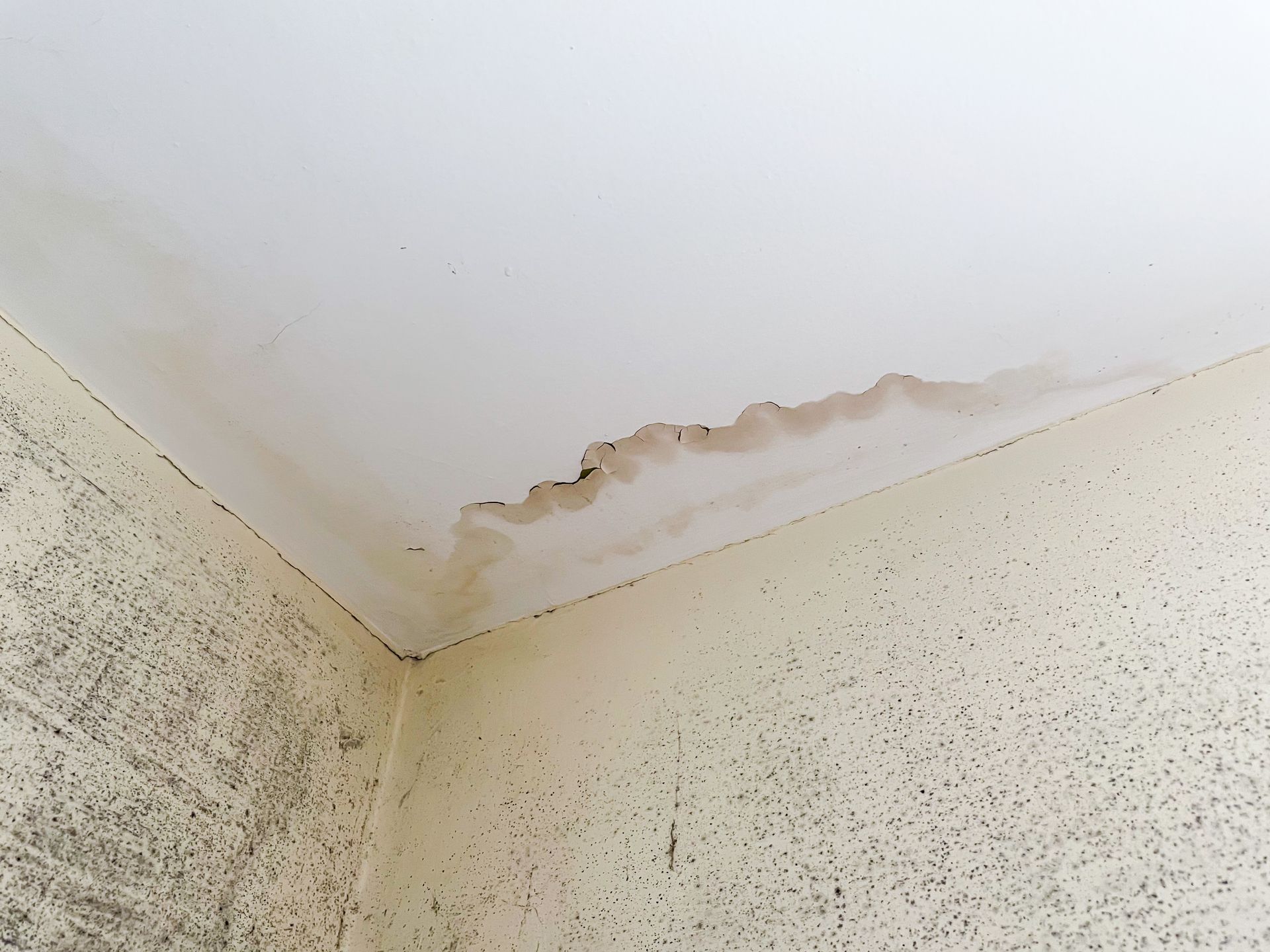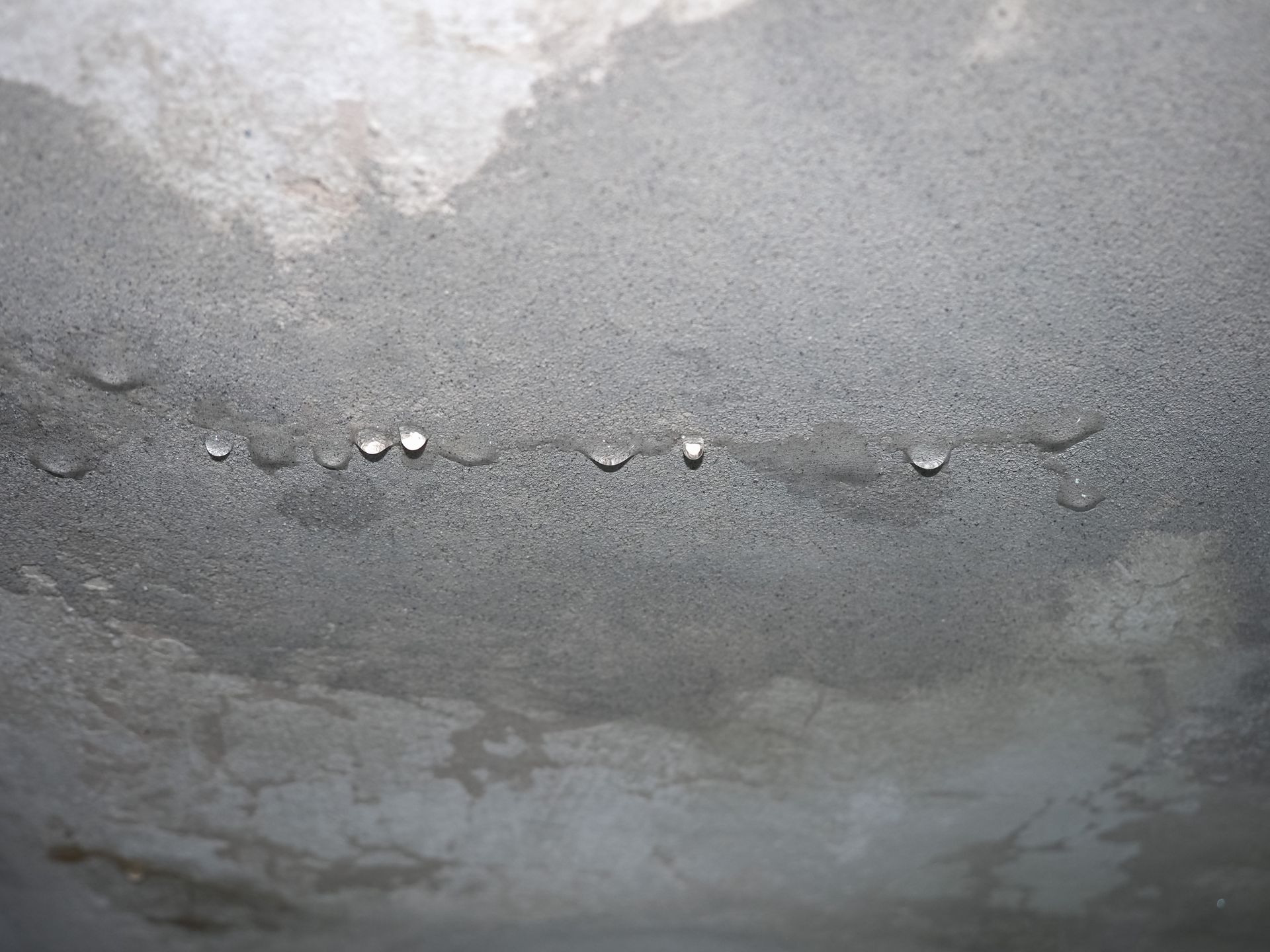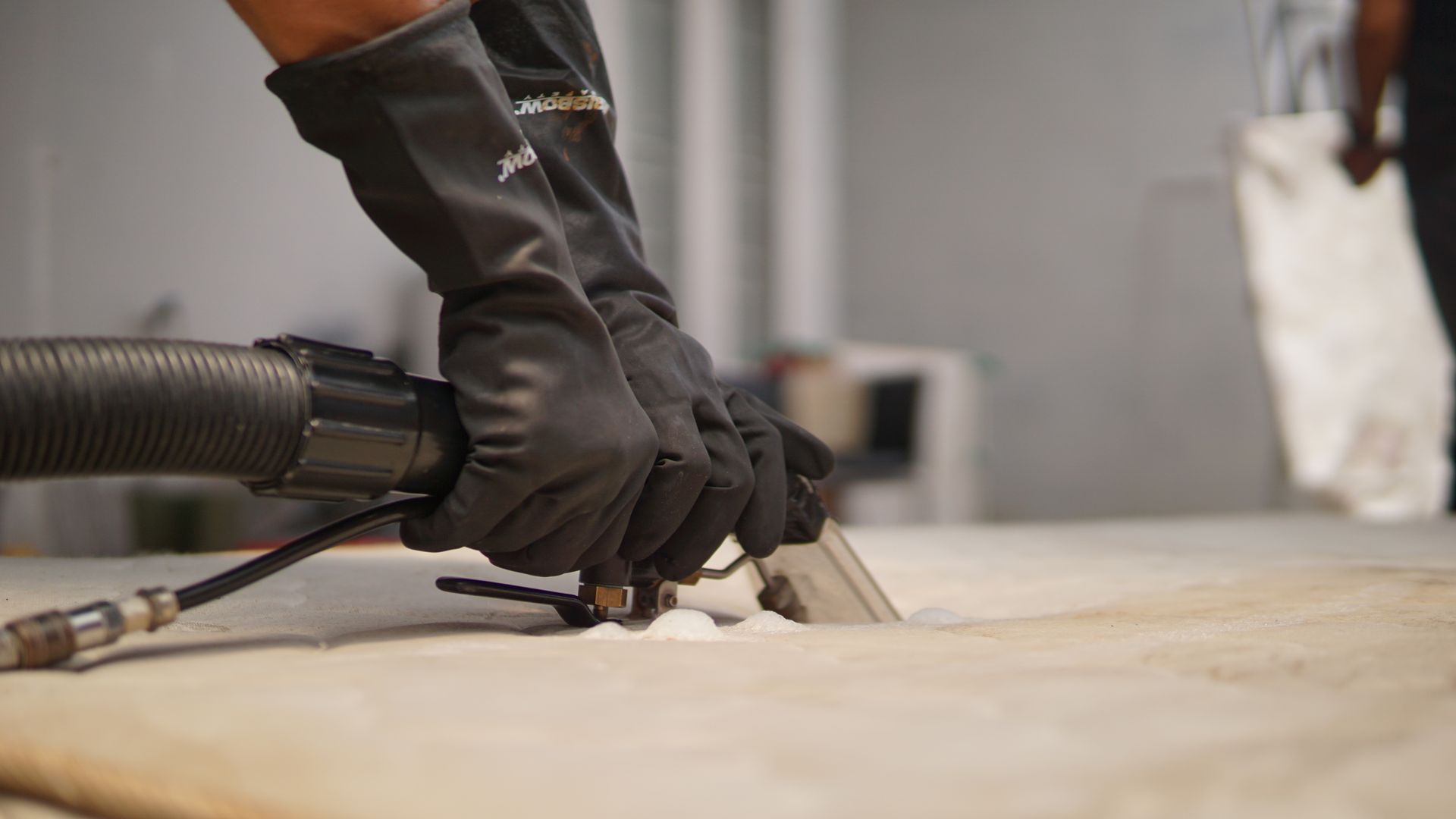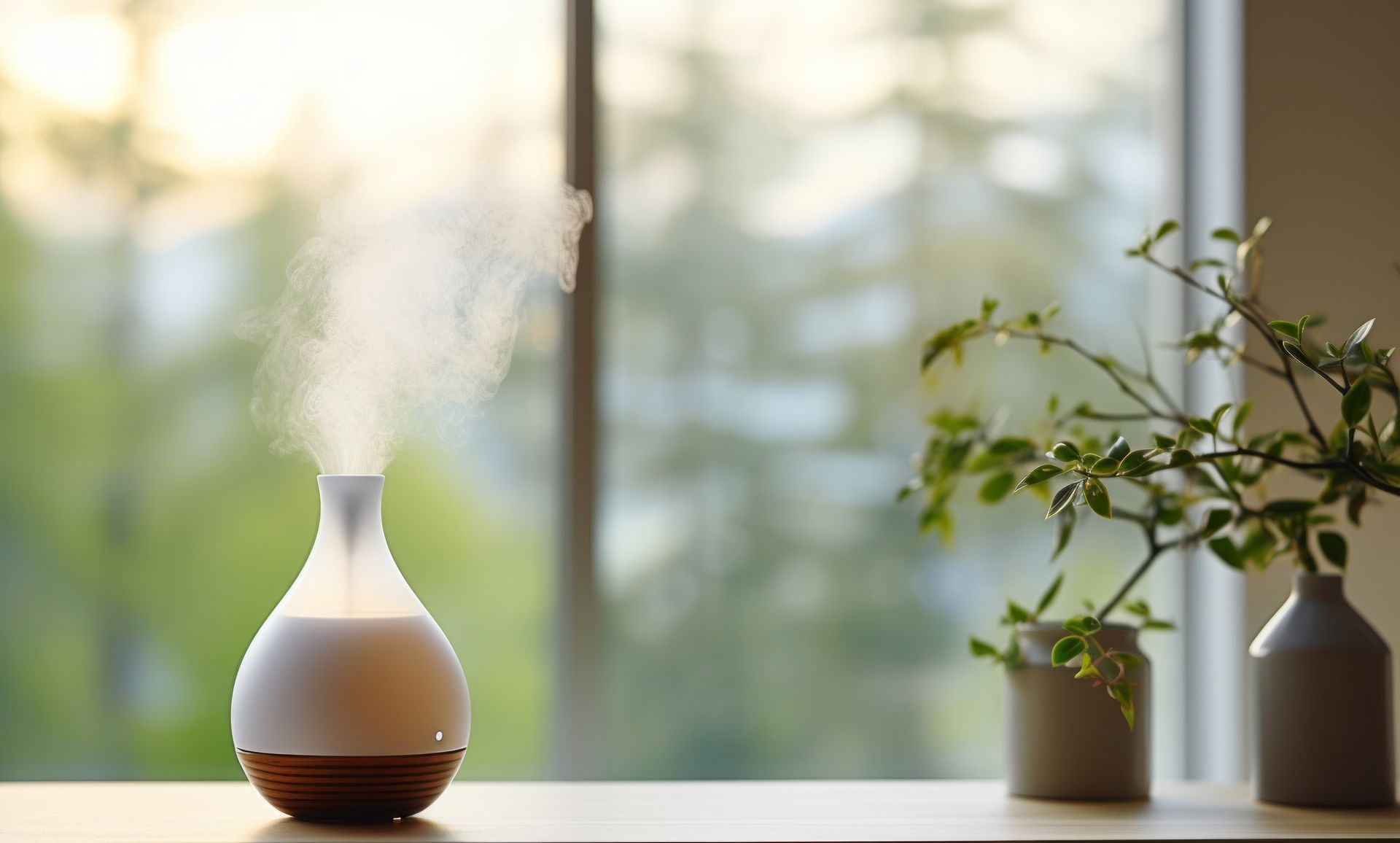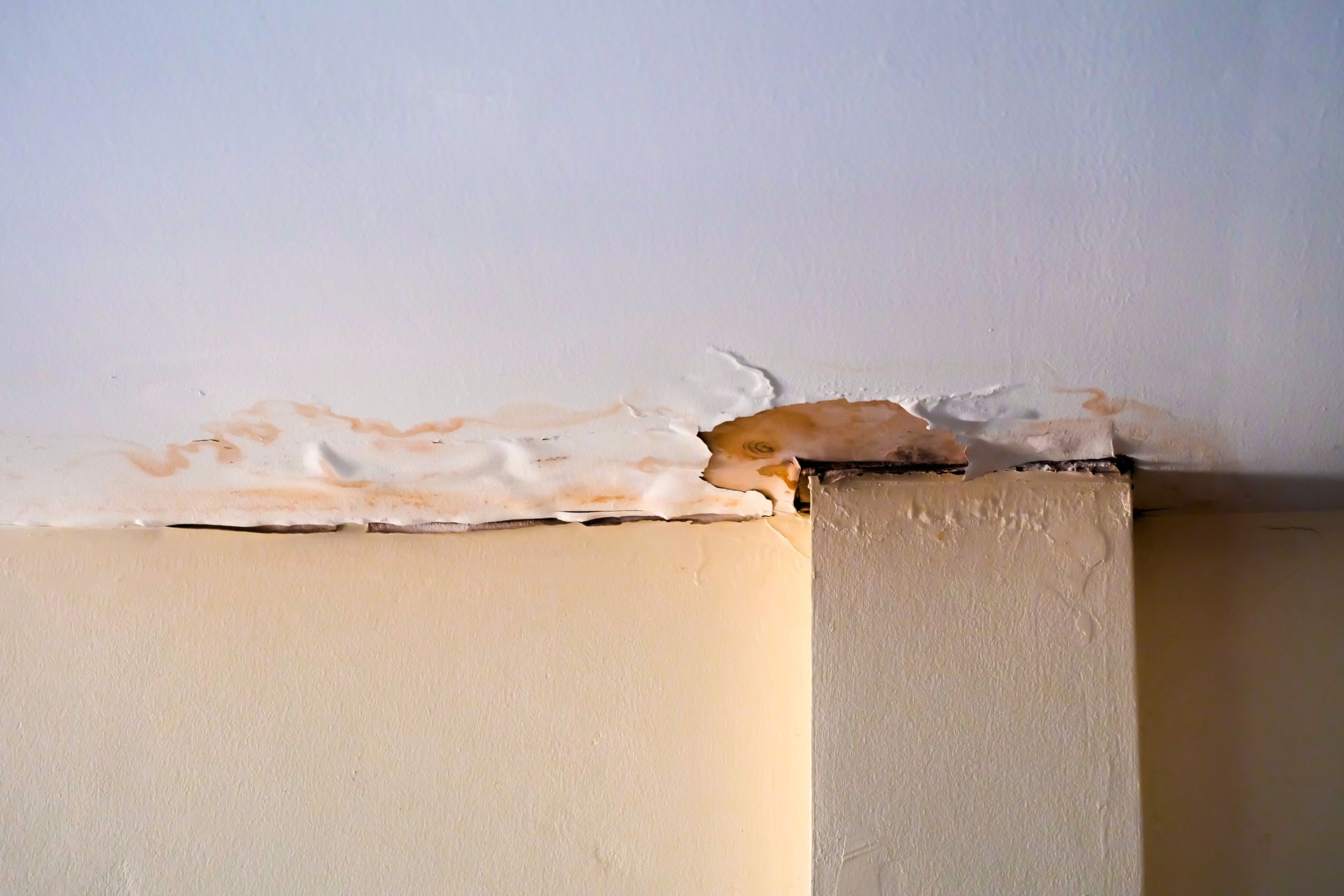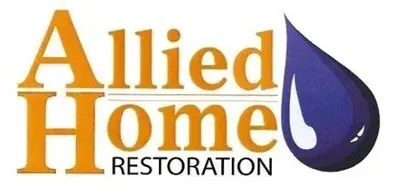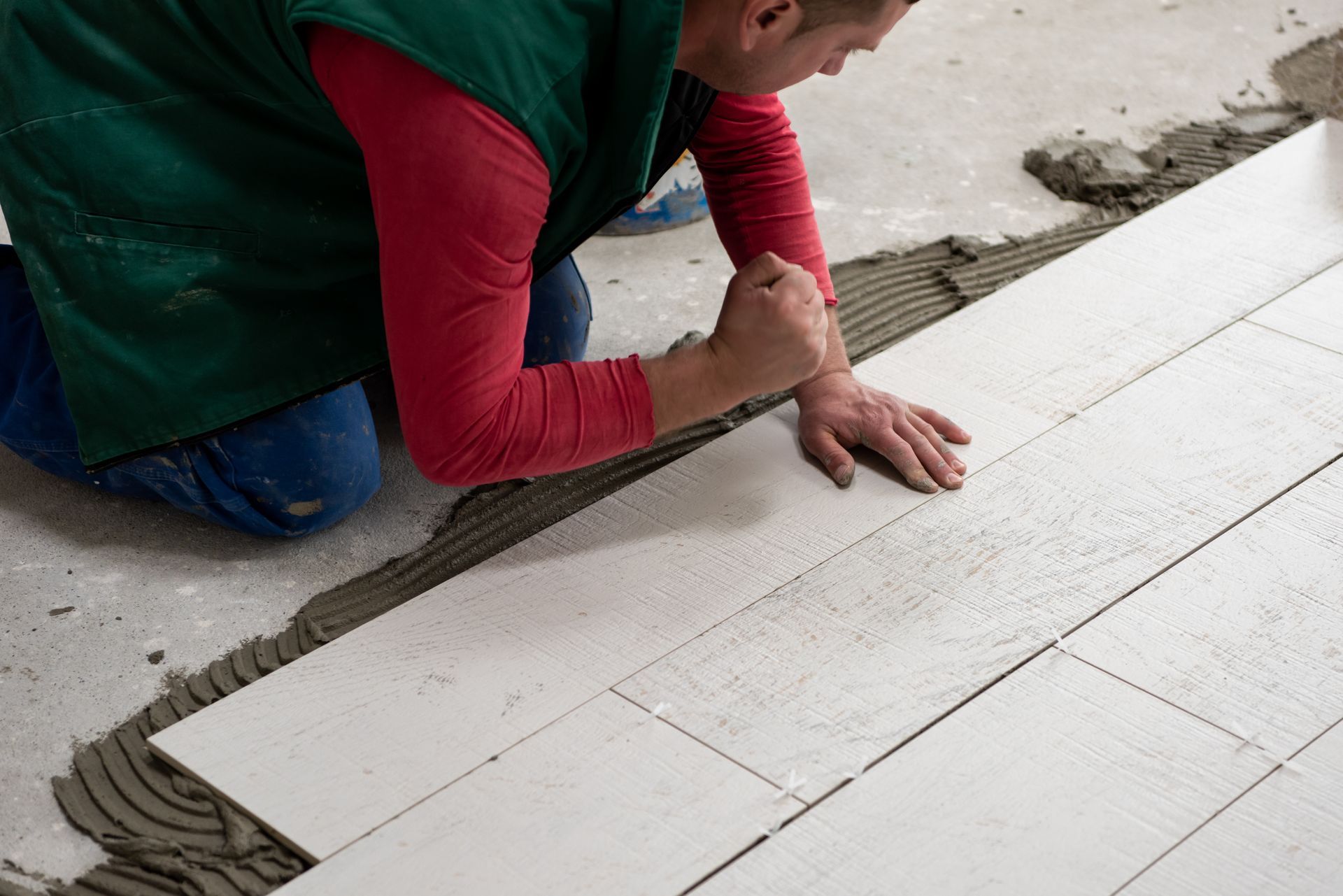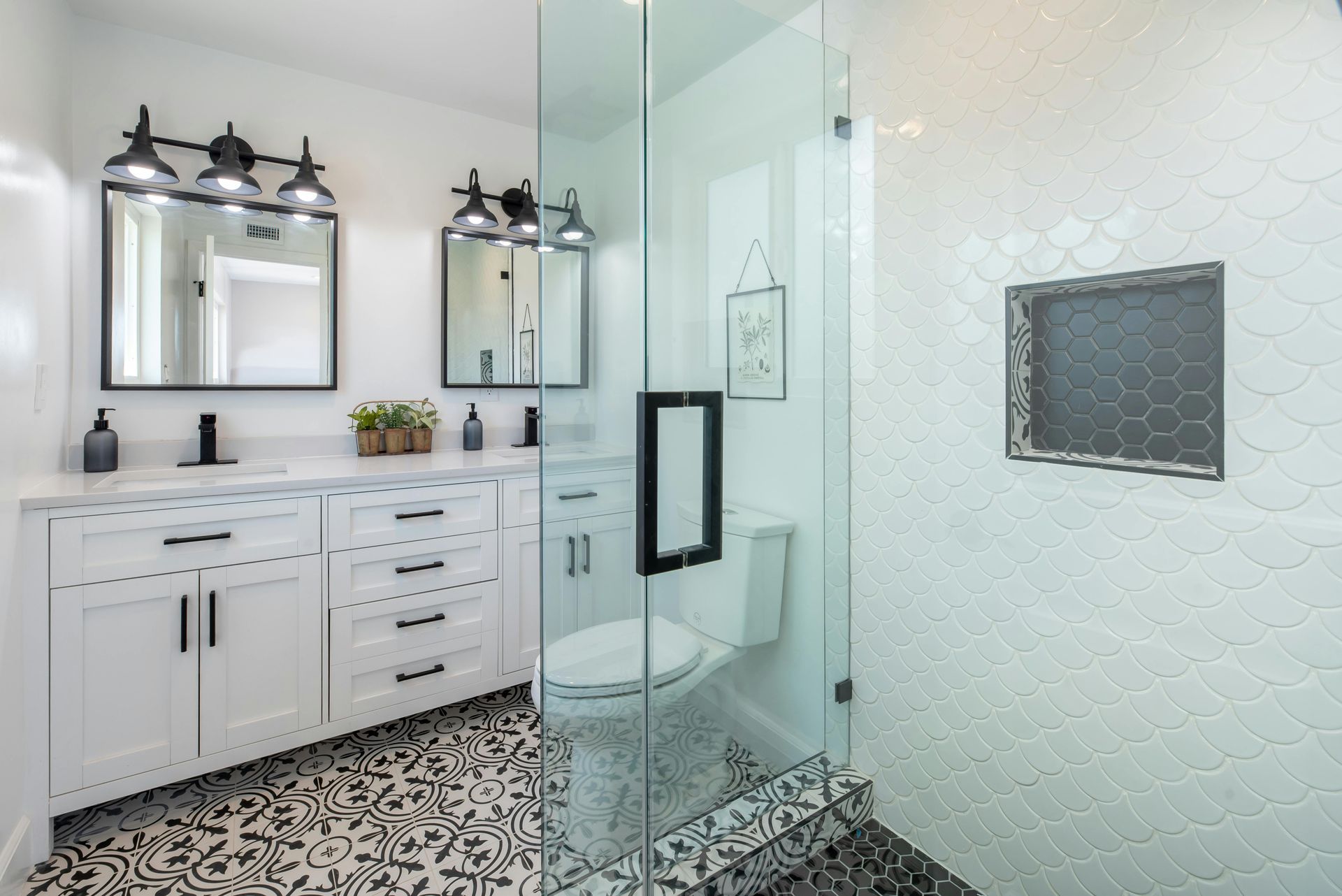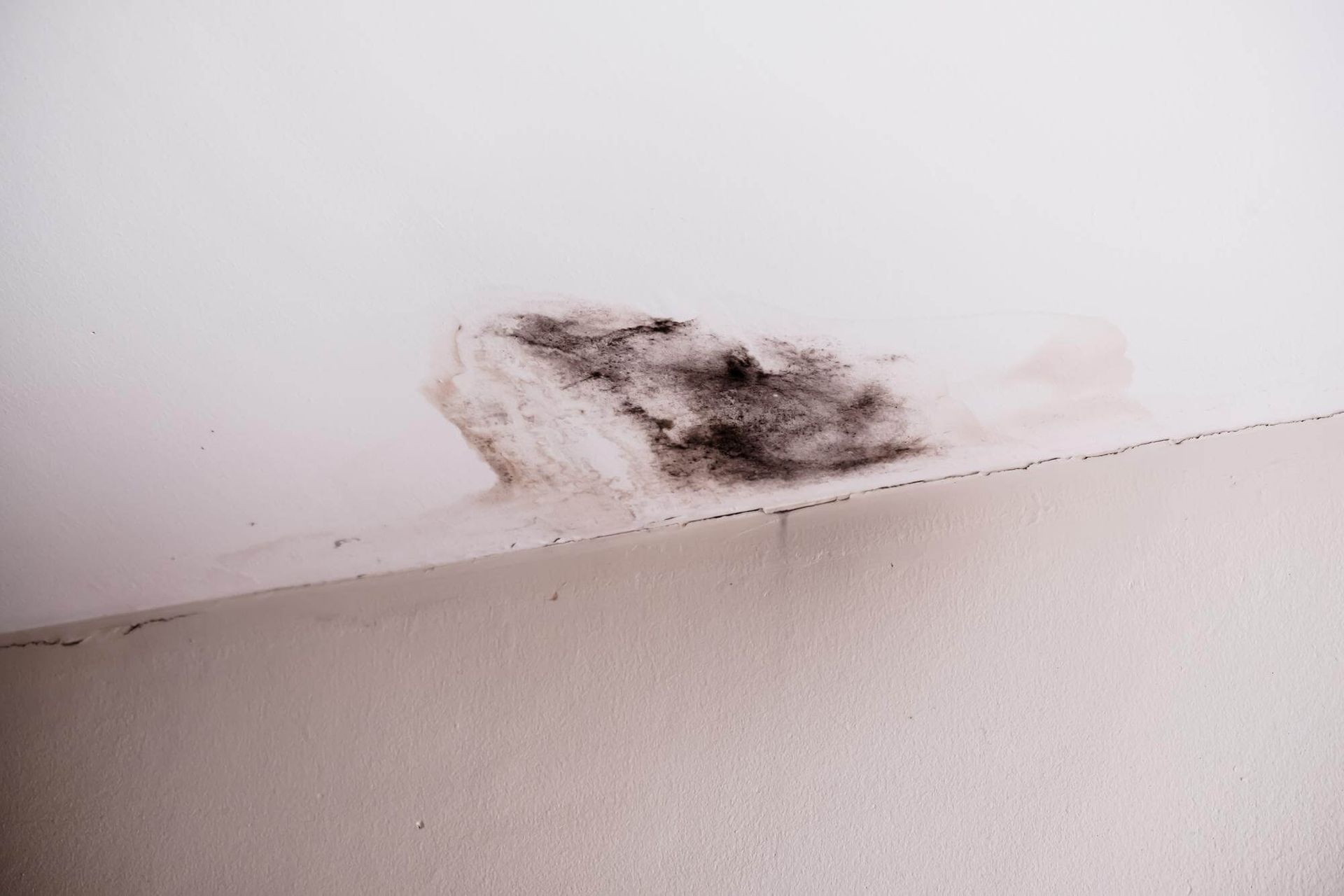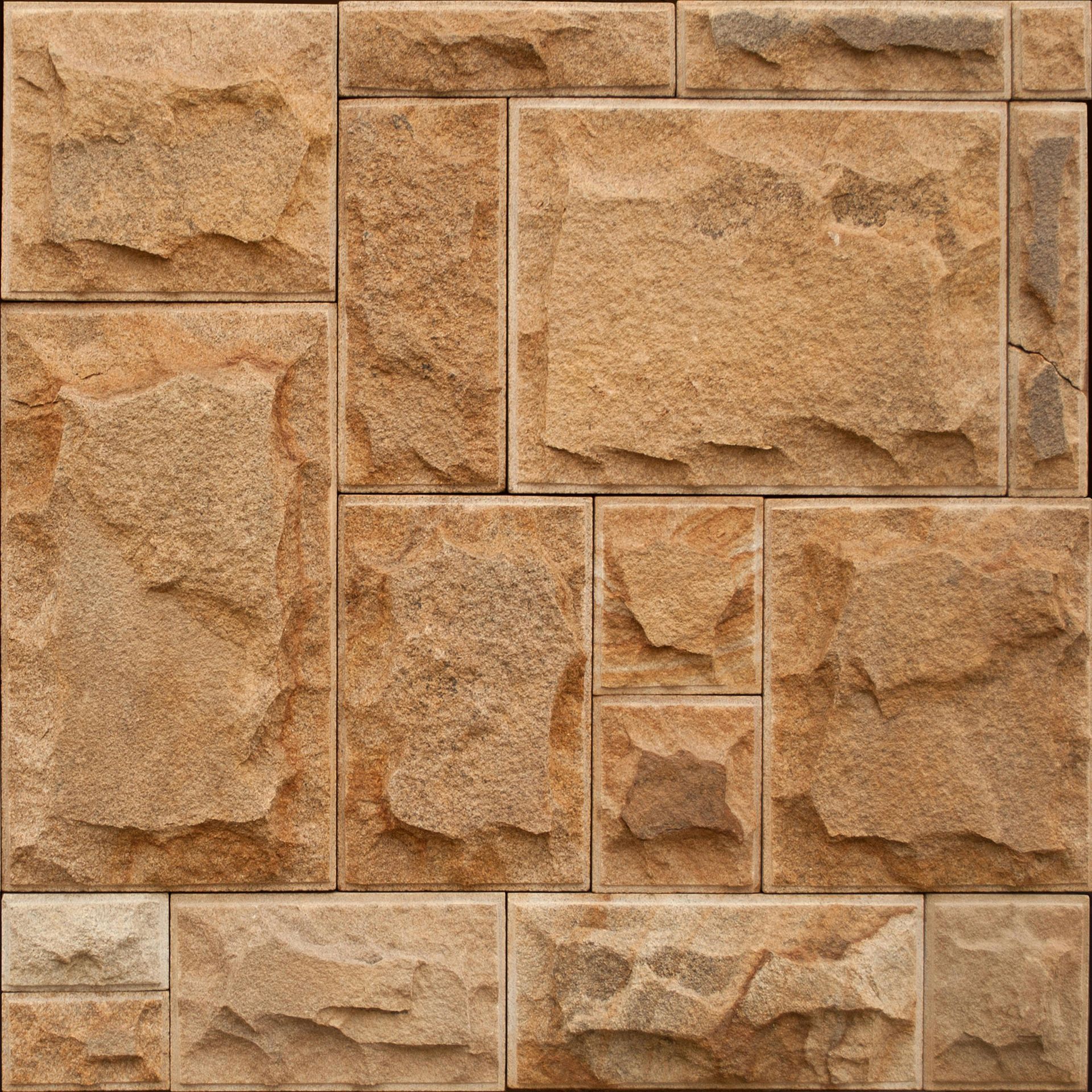Stain Removal Secrets: Keeping Your Carpet and Upholstery Spotless
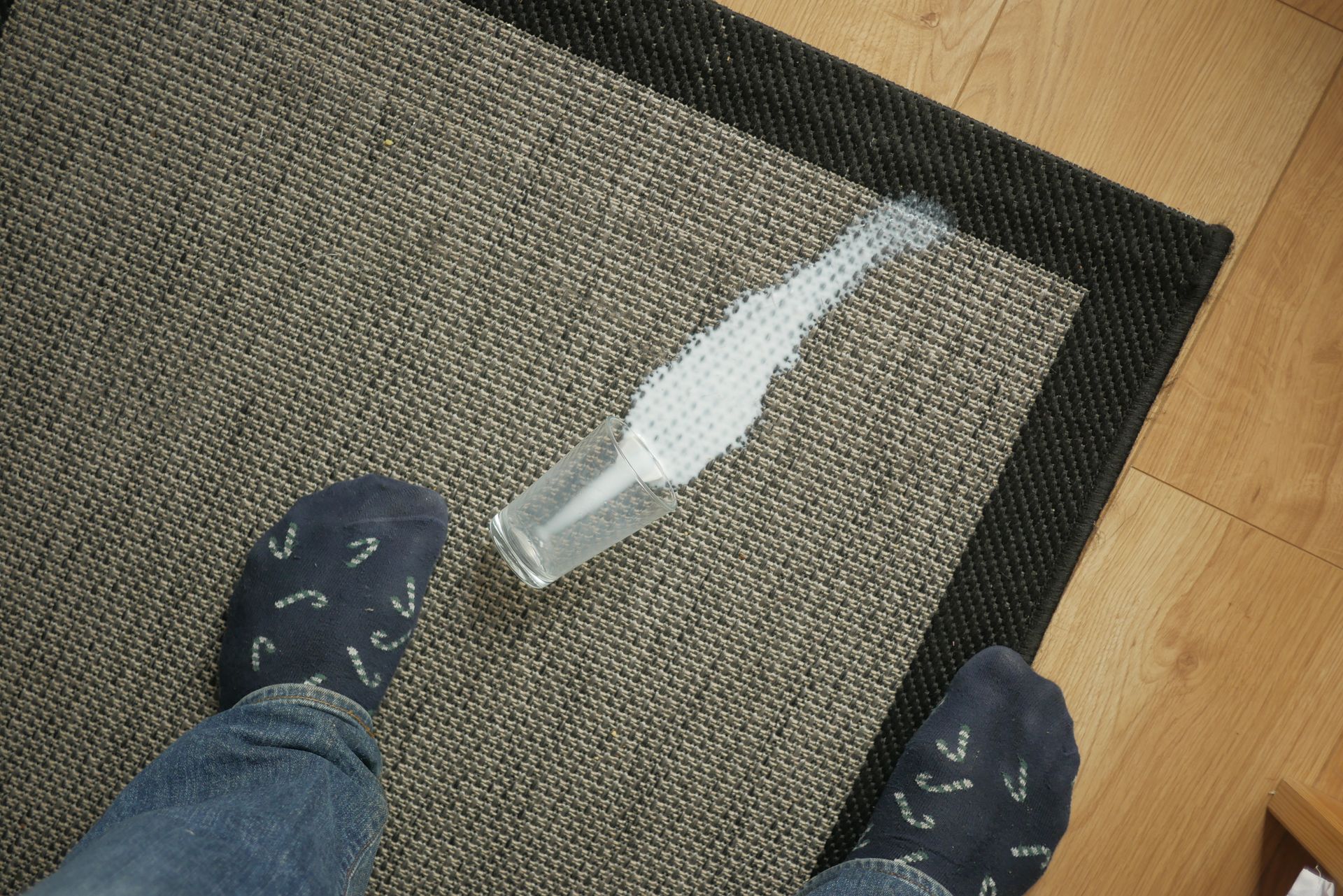
When it comes to maintaining a clean and inviting home, the state of your carpets and upholstery plays a crucial role. Spills, dirt, and daily wear can quickly turn a once-pristine surface into a stained and unattractive eyesore. Fortunately, with the right techniques and a bit of insider knowledge, you can keep your carpets and upholstery looking fresh and spotless. In this blog post, we'll share some expert stain removal secrets that will help you tackle even the toughest stains. Allied Home Restoration, located in Linden, MI, is here to guide you through the process and provide professional assistance when needed.
Understanding the Nature of Stains: Prevention and Immediate Action
Before diving into stain removal techniques, it's essential to understand the nature of stains and why immediate action is often crucial. Stains occur when a substance comes into contact with your carpet or upholstery fibers and penetrates them. Over time, this substance can set, making it much more difficult to remove.
Prevention Tips
- Use Protectors: Applying a stain-resistant protector to your carpets and upholstery can create a barrier that helps prevent substances from penetrating the fibers.
- Regular Cleaning: Vacuuming your carpets and upholstery regularly removes dirt and debris that can contribute to staining over time.
- Quick Response: The faster you address a spill, the better your chances of preventing a stain from setting.
Immediate Action Steps
- Blot, Don't Rub: When a spill occurs, gently blot the area with a clean cloth to absorb as much of the liquid as possible. Friction from rubbing can force the stain further into the fabric.
- Cold Water Rinse: For most stains, rinsing the area with cold water can help dilute the substance and prevent it from setting.
Tackling Common Household Stains: A Step-by-Step Guide
Different stains require different approaches, and knowing how to handle each type can make all the difference. Below are some common household stains and step-by-step instructions on how to remove them.
1. Food and Beverage Stains (Coffee, Wine, and Juice)
- Blot the Spill: Start by blotting up as much of the liquid as possible with a clean cloth.
- Apply a Cleaning Solution: Create a solution by mixing vinegar and water in equal parts. Apply this to the stain and blot carefully with a clean cloth.
- Rinse with Cold Water: Rinse the area with cold water and blot dry. Repeat if necessary.
2. Pet Stains (Urine, Vomit, and Feces)
- Remove Solids: Carefully remove any solid material with a paper towel or spatula.
- Blot the Area: Blot up any remaining liquid with a clean cloth.
- Apply an Enzyme Cleaner: Use an enzyme-based cleaner specifically designed for pet stains. This will break down the proteins in the stain and eliminate odors. Follow the manufacturer's instructions.
3. Ink Stains
- Blot with Rubbing Alcohol: Apply rubbing alcohol to a cloth and gently blot the ink stain. Avoid rubbing to prevent the ink from spreading.
- Rinse and Dry: Use cold water to clean the spot and then dab it dry with a clean cloth.
4. Grease and Oil Stains
- Apply Cornstarch or Baking Soda: Sprinkle cornstarch or baking soda on the stain to absorb the grease. Wait 15-20 minutes, then vacuum up the residue.
- Use Dish Soap: Apply a small amount of dish soap to the stain and gently blot with a damp cloth. Flush the area with cold water and dab it dry.
Advanced Stain Removal Techniques: When to Call a Professional
While many stains can be effectively treated at home, some situations call for professional intervention. Here are some advanced stain removal techniques and scenarios where you may need to contact Allied Home Restoration for expert assistance.
1. Deep-Set Stains
- Steam Cleaning: For stains that have penetrated deep into the carpet or upholstery fibers, steam cleaning can be highly effective. This process uses hot water and powerful suction to lift out dirt and stains.
2. Dye-Based Stains
- Color Restoration: Stains from colored substances like wine, berries, or artificial dyes can be challenging to remove completely. In some cases, professional color restoration may be necessary to restore the original appearance of your carpet or upholstery.
3. Mold and Mildew
- Mold Remediation: If your carpet or upholstery has been exposed to moisture and developed mold or mildew, it's crucial to address the issue promptly. Mold remediation requires specialized equipment and expertise to ensure complete removal and prevent recurrence.
4. Stubborn Stains
- Professional Spot Treatment: For stains that resist all other efforts, professional spot treatment by Allied Home Restoration can be the solution. Our experts have access to powerful cleaning agents and techniques that can effectively eliminate even the most stubborn stains.
Eco-Friendly Stain Removal Solutions: Safe for Your Home and Family
As more homeowners seek environmentally friendly cleaning options, it's essential to consider eco-friendly stain removal solutions that are safe for your home and family. Here are some natural and non-toxic methods for tackling stains.
1. Baking Soda and Vinegar
- All-Purpose Cleaner: A mixture of baking soda and vinegar is a versatile cleaner that can handle a variety of stains. Apply a layer of baking soda to the stain and then spray vinegar on top. After a few minutes of bubbling, dab the area with a clean cloth.
2. Hydrogen Peroxide
- Stain Lifter: Hydrogen peroxide is an effective stain lifter, especially for organic stains like blood or wine. Dab a little of the solution onto the stain and let it sit for a short time before absorbing it.
3. Lemon Juice
- Natural Bleach: Lemon juice is a natural bleaching agent that can help lighten stains on light-colored carpets and upholstery. Apply lemon juice directly to the stained area, allow it to sit briefly, and then rinse with cold water.
4. Eco-Friendly Commercial Cleaners
- Green Products: Many commercial cleaning products are now available in eco-friendly formulations. Look for products labeled as biodegradable, non-toxic, and safe for pets and children.
Maintaining a Stain-Free Home: Tips for Long-Term Care
Preventing stains is always easier than removing them. By implementing some proactive measures, you can maintain a stain-free home and extend the life of your carpets and upholstery.
1. Regular Cleaning
- Vacuuming: Regular vacuuming removes dirt and debris before they can settle into the fibers. Vacuum heavily used areas of your home at least twice a week.
- Professional Cleaning: Schedule professional carpet and upholstery cleaning at least once a year to keep your home looking its best.
2. Protecting High-Traffic Areas
- Area Rugs: Use area rugs or runners in high-traffic areas to protect your carpets from wear and stains.
- Furniture Covers: Consider using furniture covers or throws on upholstery, especially in homes with pets or young children.
3. Addressing Spills Immediately
- Keep Cleaning Supplies Handy: Have a stash of stain removal supplies ready for quick action. This includes clean cloths, a spray bottle with water, and a few basic cleaning agents.
4. Educating Household Members
- Family Involvement: Teach family members, especially children, the importance of promptly addressing spills and avoiding activities that could lead to stains in vulnerable areas.
Contact Allied Home Restoration Today
When it comes to maintaining the beauty and longevity of your carpets and upholstery,
Allied Home Restoration is here to help. Whether you're dealing with a tough stain or need a routine cleaning, our team of professionals in Linden, MI, has the expertise and equipment to get the job done right. Contact us today at
(810) 691-5464 to schedule an appointment and keep your home looking spotless. You can also trust us with
mold remediation,
mold damage repair, and
carpet water extraction.
FAQs
How often should I have my carpets and upholstery professionally cleaned?
It's recommended to have your carpets and upholstery professionally cleaned at least once a year. High-traffic areas or homes with pets and children may require more frequent cleanings.
Can all stains be removed from carpets and upholstery?
While many stains can be successfully removed, some may be too deep-set or have altered the fibers. In such cases, professional treatment may significantly improve the appearance, but complete removal isn't guaranteed.
Are eco-friendly stain removal methods as effective as traditional cleaners?
Eco-friendly methods can be highly effective for many stains, especially when addressed quickly. However, some tough stains may require stronger, professional-grade cleaners.
Is it safe to use vinegar and baking soda on all types of carpet and upholstery?
Vinegar and baking soda are generally safe for most materials, but it's always best to test a small, inconspicuous area first to ensure no discoloration or damage occurs.
What should I do if a stain reappears after cleaning?
If a stain reappears, it may be due to residue left in the carpet or upholstery fibers. Try blotting the area with cold water and a clean cloth. If the stain persists, consider calling a professional for deeper cleaning.
